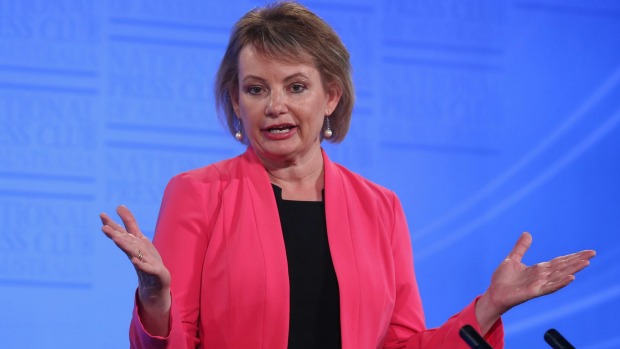
Private health insurance premiums will rise by an average of 5.59 per cent this year, an outcome Health Minister Sussan Ley is chalking up as a win for consumers.
In January, Ms Ley requested insurers to resubmit their applications for premium increases, citing her concern that the process did not allow the government to fully scrutinise an insurer’s financial position.
Twenty Australian funds subsequently lowered their demands, Ms Ley said. The result is the smallest price hike in four years, and compares to a long-term average of 6.1 per cent a year.

In a statement, the minister said consumers would be $125 million better off, and the average family with hospital and general health cover would save $166 a year, thanks to her intervention.
However, Ms Ley refused to calculate how much extra the average family would pay due to the premium increase. “Every health insurer is different so it’s very difficult to say,” she told reporters.
Under the legislation, private health insurers must apply to the health minister for approval of their premium changes. The increases usually apply from April 1. The smallest increase in recent years was 5.06 per cent in 2012.
Last year the government approved an average premium hike of 6.18 per cent across the industry. Asked why insurers were not asked to resubmit their claims in previous years, Ms Ley said the government had been considering other health reforms.
“While you may think it’s useful to look back, I actually think it’s useful to look forward,” she said.
Premium increases vary depending on the insurer. Of the largest providers, Medibank will this year lift its rate by 5.64 per cent, BUPA by 5.69 per cent and NIB by 5.5 per cent. The smallest hike, 3.76 per cent, was offered by Doctors Health Fund, which insures healthcare professionals.
The federal government is concerned about consumers abandoning private health cover and the pressure that puts on the public health system. About 500,000 Australians dropped or downgraded their private health insurance policies in the past financial year.
“We cannot load up the public system with patients who would effectively describe themselves as private,” Ms Ley has previously said.
But Labor health spokeswoman Catherine King noted the 2016 premium increase was still three times the current rate of inflation and would add $200 a year to a family’s health insurance bill.
“This again highlights the Liberal Party’s abject failure to protect health fund members after waving through the two highest average annual increases in a decade in their first two years,” Ms King said.
Ms Ley insisted it was “not that useful” to compare premium hikes to the general inflation rate because the rate of health inflation was closer to 8 per cent.
The announcement comes as the government continues its review of the $19 billion private health insurance sector, with concerns about increasing changes to policies. It also continues to investigate private insurers’ claims medical devices such as hip replacements, heart valves and pacemakers are too expensive, partially contributing to premium rises.
In a statement, the health department said it had been “overwhelmed” by the 40,000 Australians who responded to a government survey on private health insurance.
The majority of consumers raised concerns about the affordability of their premiums and questioned their insurance policy’s value for money.
Ms Ley said redressing these concerns had partly motivated her January intervention. The outcome demonstrated “good faith” on the part of insurers, she said.
Private Healthcare Australia said the low increase demonstrated the industry’s willingness to keep premiums as low as possible.
Chief executive Dr Rachel David said Australian healthcare was becoming more expensive due to the ageing population, growth in chronic disease, medical technology advances and providers’ higher charges.
Last month, Australia’s biggest health fund Medibank Private reported a first-half profit of $227.6 million – an increase of 58 per cent.
